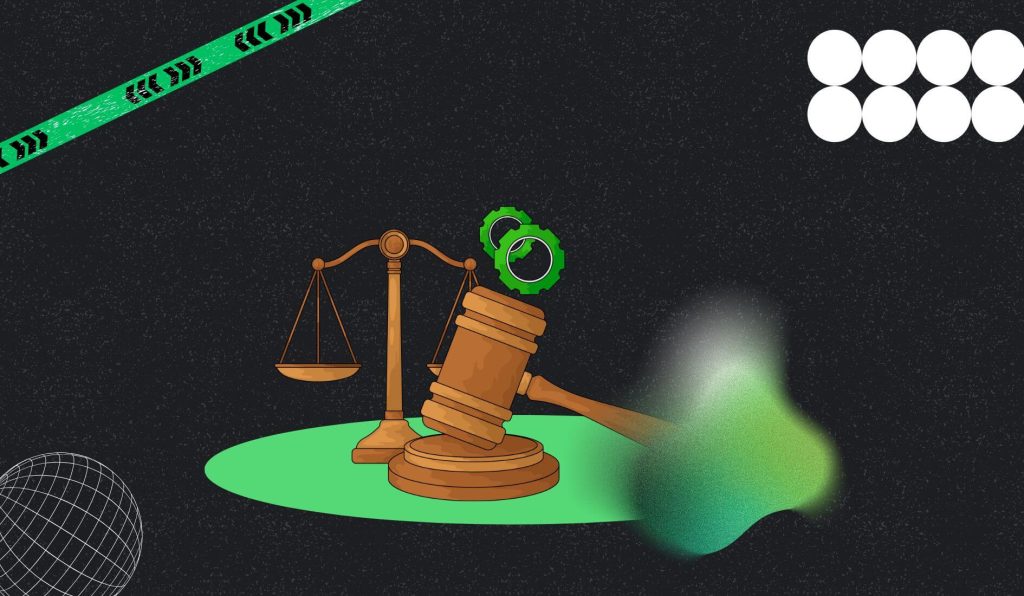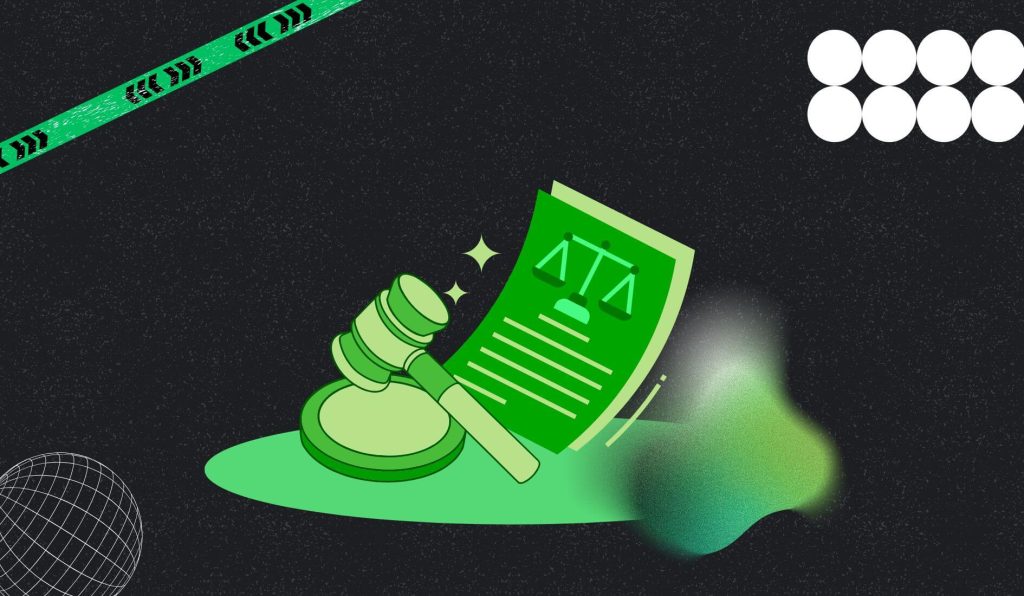What is an Income Tax Notice under Section 142(1)?

Income tax raids can be scary. However, it does not start loudly; it begins with a digital notice—a gentle nudge for individuals to provide more clarity, documentation, and transparency about their earnings.
At the centre of things, this is what Income Tax Notice Section 142(1) actually is. Many people panic when a notice is served. As a result, they tend to do something that can sabotage themselves.
Therefore, it is very important to understand the true essence of the Income Tax Notice Section 142(1) and the things that you need to do to avoid jail time or worse. Hence, let us stick around and dive right in.
Understanding The Legal Skeleton

In the fiscal year 2024 to 2025 alone, around 3.2 lakhs notices for Income Tax Notice Section 142(1) were issued all across India. That number should concern you, since it shows this is no joke and that the revenue department is watching.
This is why understanding the legal structure of the whole thing is crucial, to say the least. As per law, the assessing officer, or the AO, could ask for the following documents:
An income tax return to show that you have filed and asked for a return.
A detailed book of accounts that records transactions.
A detailed statement of all the assets and liabilities that you hold as a financial entity or an individual.
AO can even ask for additional documents. Remember that it is mandatory to comply with the procedure and present all the necessary documents. This is crucial since failure to comply can lead to the following consequences:
Judgement under Section 14 of the indian law.
A penalty of ₹10,000, as per Section 271(1)(b).
In extreme cases, an individual can also face upto one year of imprisonment under Section 276D.
The notice does not mean prosecution; it still has some really sharp fangs. As a result, it needs to be taken seriously under all circumstances.
Variants
Income Tax Notice Section 142(1) is not a linear thing. It does come with several kinks and hijinks. Understanding these aspects will help you avert any disaster. Here are two types of Income Tax Notice Section 142(1) that you might be served:
Non-Filer Income Tax Notice Section 142(1): This is commonly sent to people who did not file their return. They sent the intimation to understand your IT file return.
Filer Income Tax Notice Section 142(1): This is sent to people who filed the return. However, something feels off and does not add up. As a result, AO wants more clarity on the subject.
In both cases, the notice is a precursor to the proceeding. It is not the final verdict. Still, the situation holds a lot of gravity and must not be taken lightly. Many online portals claim that an AO can only send the notice after a thorough proceeding or investigation.
This is wrong. An AO can send you a notice even if it is based on suspicion. In other words, anybody can be served a notice if the AO feels that something does not add up.
Case Study
Mr. Tyagi from Delhi-NCR received around eight crore from the sale of ancestral land. However, he did not file an ITR. Somehow, the Department of IT found out about the sale, and he was served an Income Tax Notice Section 142(1).
Apart from the Income Tax Notice Section 142(1), Tyagi was also served with 8.89 crore as long-term capital gain, along with a ₹75,000 as agricultural income. All of these were treated as undisclosed.
Even though Mr. Tyagi fought back and won at the ITAT, the process was arduous and relentless. In fact, the entire process was avoidable, as the victim stated.
The Purpose Of The Notice
If the notice is not to penalise, then what is the purpose? Some might believe it is the first step in prosecution, but it is not. It is more for accuracy than anything else. In most cases, the notice is to bring clarity. It is not to apprehend or accuse anybody of anything. It is mainly a means to verify.
The effectiveness of the entire process is quite high. In just fiscal year 2023-24, around ₹12,000 crore in undeclared funds were uncovered by the notice. That is the scale of the impact. In fact, this is not just about the big fish in the pond.
In fact, salaried individuals also receive such notices. As a result, the purpose of the notice is not to hook businessmen or entrepreneurs. It is actually to uncover undisclosed income.
The Shift In The Paradigm

In 2019, there was a major shift in paradigms with the introduction of the Faceless Assessment Scheme. The mandate made moves and outdated the in-person visits altogether. Instead, the entire process is done online. The NeAC (National e-Assessment Centre) sends the notice, and individuals must comply.
The faceless system allows individuals to respond within 15 days, with the option to extend to 30 days. Missing the latter deadline can be problematic for an individual, as it exposes them to consequences. The system reduces harassment and corruption.
How To Respond?
One of the most important aspects of Income Tax Notice Section 142(1) is how to handle it. Now, you could try to strongarm your way and end up in jail, or simply follow what we suggest:
Read the notice closely and carefully.
Identify the year of assessment carefully.
Gather all the documents. Like bank statements, salary slips, investment proofs, and asset declarations.
Respond online for more clarity or context.
Be thorough and do not skip questions that might become relevant later on.
Attach clear PDFs and make sure they are not blurred in any way.
Request an extension if you need one. Do not hold out on that decision for too long.
These things might feel small, but following this SOP is crucial, to say the least. It can make the process smoother and free of harassment.
Timeline: What Comes After

Income Tax Notice Section 142(1) should not be panic-inducing. Then again, the process needs to be streamlined. Once the notice is issued, you are expected to comply. This would initiate the review part of the process.
Once the reviews are done, and the result is favorable, you are let off the hook. However, this entire process is time-consuming. As a result, you need to be patient and not lose your head.
FAQ
We have covered almost all the important points you need. However, there are some question that needs to be answered. Here they are:
Income Tax Notice Section 142(1) is a casual intimation by the revenue department to an individual about income tax discrepancies. This is just a notice, nothing more. It does not mean the next step is arrest, unless you are absconding or failing to heed the situation.
An Income Tax Notice under Section 142(1) is generally served when the revenue department has found discrepancies in the income documentation. Here are some of the triggers that could alert the authorities:
• High-value transactions.
• Mismatch in TDS.
• Undisclosed income.
• Suspicious deductions.
You can respond to the Income Tax Notice under Section 142(1) by following a simple SOP:
• Read the notice carefully.
• Identify the assessment year.
• Gather documents.
• Respond online.
• Be thorough.
• Attach clear PDFs.
• Request extension










